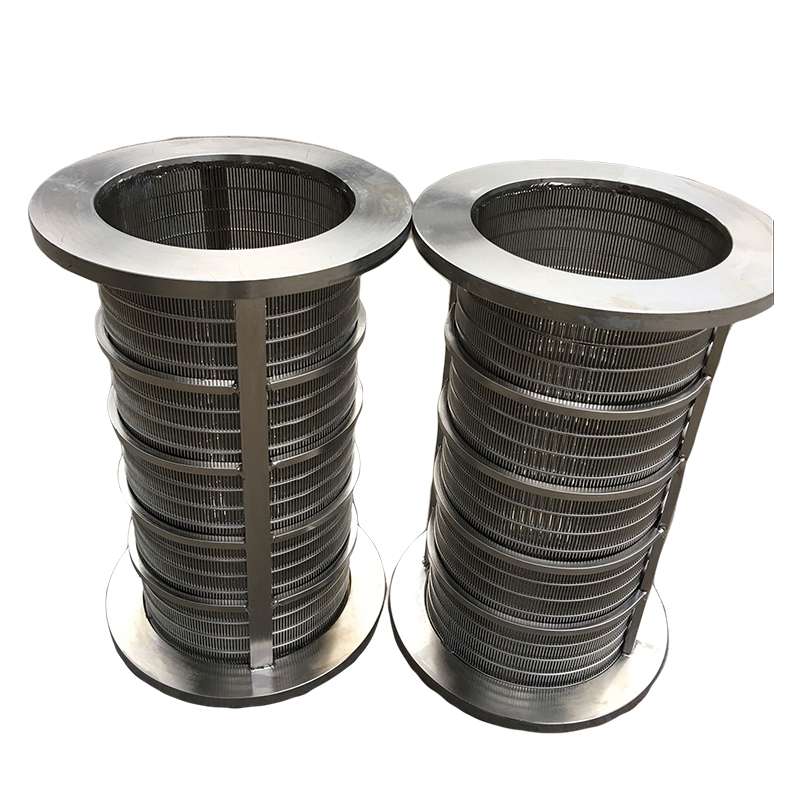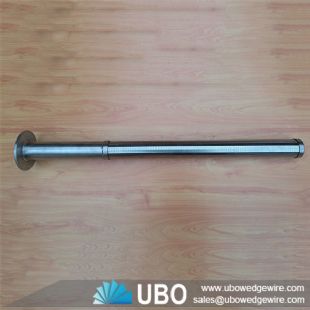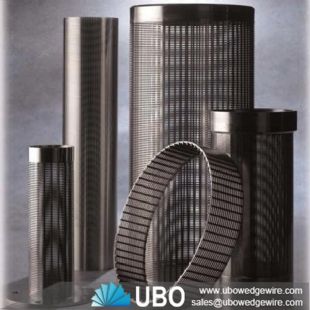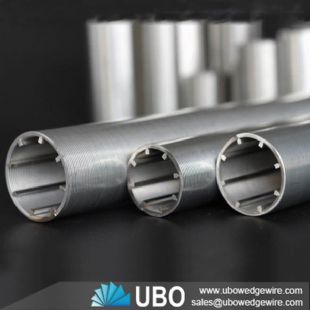Steps involved in the Pulp and Papermaking Procedure
Welcome to Hebei YUBO Filtration Equipment Co.,Ltd.
Preparation of raw Material
Wood that has been received at a pulp mill can be in different forms. It depends on the pulping process and the origin of the raw material. It may be received as bolts (short logs) of round-wood with the bark still attached, as chips about the size of a half-dollar that may have been produced from sawmill from debarked round wood elsewhere.
If round wood is used, it is first debarked, usually by tumbling in large steel drums where wash water may be applied. Those debarked wood bolts are then chipped in a chipper if the pulping process calls for chemical digestion. Chips are then screened for size, cleaned, and temporarily stored for further processing.
Separation of Fiber
In the fiber separation stage, several pulping technologies will be diverged. The chips are kept into a large pressure cooker (digester), into which is added the appropriate chemicals in kraft chemical pulping.
The chips are then digested with steam at specific temperatures to separate the fibers and partially dissolve the lignin and other extractives. Some digesters operate continuously with a constant feed of chips (furnish) and liquor are charged intermittently and treat a batch at a time.
After the digestion process, the cooked pulp is discharged into a pressure vessel. Here the steam and volatile materials are tubed off. After that, this cooked pulp is returned to the chemical recovery cycle. Fiber separation in mechanical pulping is less dramatic.
Debarked logs are forced against rotating stone grinding wheels in the stone ground-wood procedure. Refiner pulp and thermo-mechanical pulp are produced by chips. These chips are ground by passing them through rapidly rotating in both processes.
In the second stage after refining, the pulp is screened, cleaned, and most of the process water is removed in preparation for paper making.
Bleaching Process
Raw pulp contains an appreciable amount of lignin and other discoloration, it must be bleached to produce light colored or white papers preferred for many products. The fibers are further delignified by solubilizing additional lignin from the cellulose through chlorination and oxidation. These include chlorine dioxide, chlorine gas, sodium hypochlorite, hydrogen perioxide, and oxygen.
Sodium Hydroxide, a strong alkali is used to extract the dissolved lignin from fibers surface. The bleaching agents and the sequence in which they are used depend on a number of factors, such as the relative cost of the bleaching chemicals, type and condition of the pulp.
Mechanical pulp bleaching varies from chemical pulp bleaching. Bleaching of mechanical pulp is designed to minimize the removal of the lignin that would reduce fiber yields.
Chemicals used for bleaching mechanical pulps selectively destroy coloring impurities but leave the lignin and cellulosic materials intact, These include sodium bisulfite, sodium or zinc hydrosulfite (no longer used in the United States), calcium or sodium hypochlorite, hydrogen or sodium peroxide, and the Sulfur Dioxide-Borol Process (a variation of the sodium hydrosulfite method).
Papermaking Procedure
Bleached or unbleached pulp may be further refined to cut the fibers and roughen the surface of the fibers to enhance formation and bonding of the fibers as they enter the paper machine.
Water is added to the pulp slurry to make a thin mixture normally containing less than 1 percent fiber. The dilute slurry is then cleaned in cyclone cleaners and screened in centrifugal screens before being fed into the ‘wet end’ of the paper-forming machine. The dilute stock passes through a head-box that distributes the fiber slurry uniformly over the width of the paper sheet to be formed.

Specifications of Wedge Wire centrifugal screens for Paper Pulp
| Material | SS304, SS304L, SS316, SS316L, SS321, Duplex, Hastelloy, etc | ||||
| OD Range | According to request and the actual flange and strengthen bar | ||||
| Normal ID | 176mm, 200mm, 230mm, 255mm. According to request | ||||
| Normal Length | 600mm, 602mm, According to request | ||||
| Normal Slot | 0.21mm, 0.4mm, 0.41mm, 0.8mm. Customized 0.02-3mm. | ||||
| Slot Direction | Radial Direction | ||||
| Wedge Wire | 0.75x1.5 | 1x2 | 2x3 | 2*4 | 3*5 |
| Support Rod | 1.5x2.52x3 | 1.5x2.52x3 | 2x32x43x53x6 | 2x43x53x65x6 | 3x53x65x6 |
| End Finishing | Flange, Metal Ring, etc | ||||
| Note | Customized According To Requirement | ||||
Who We Are?
YUBO Company is the professional supplier in China. It is always committed to study, design and produce wedge wire screen products for industry filter.Now its products include wedge wire screen panel, filter nozzle, cylinder,basket,pipe, Sieve Bend Screen,Profile Screen Laterals,etc.
What Is wedge wire screen
Wedge Wire Screens is a sieve made from looped wires formed into a deep wedge-shaped section. The wedge wire screens can be supplied in various shapes and forms as FLAT PANELS, CURVED SIEVE BENDS, CONICAL BASKETS, CYLINDERS, TROUGHS DISKS either in one one piece or in segments.
our advantages
- Professtional, we have our Engineering designers
- We are the factory
- Quality is our cluture and soul
- Customized. We produce and design according to your need
- Low cost and high efficient








